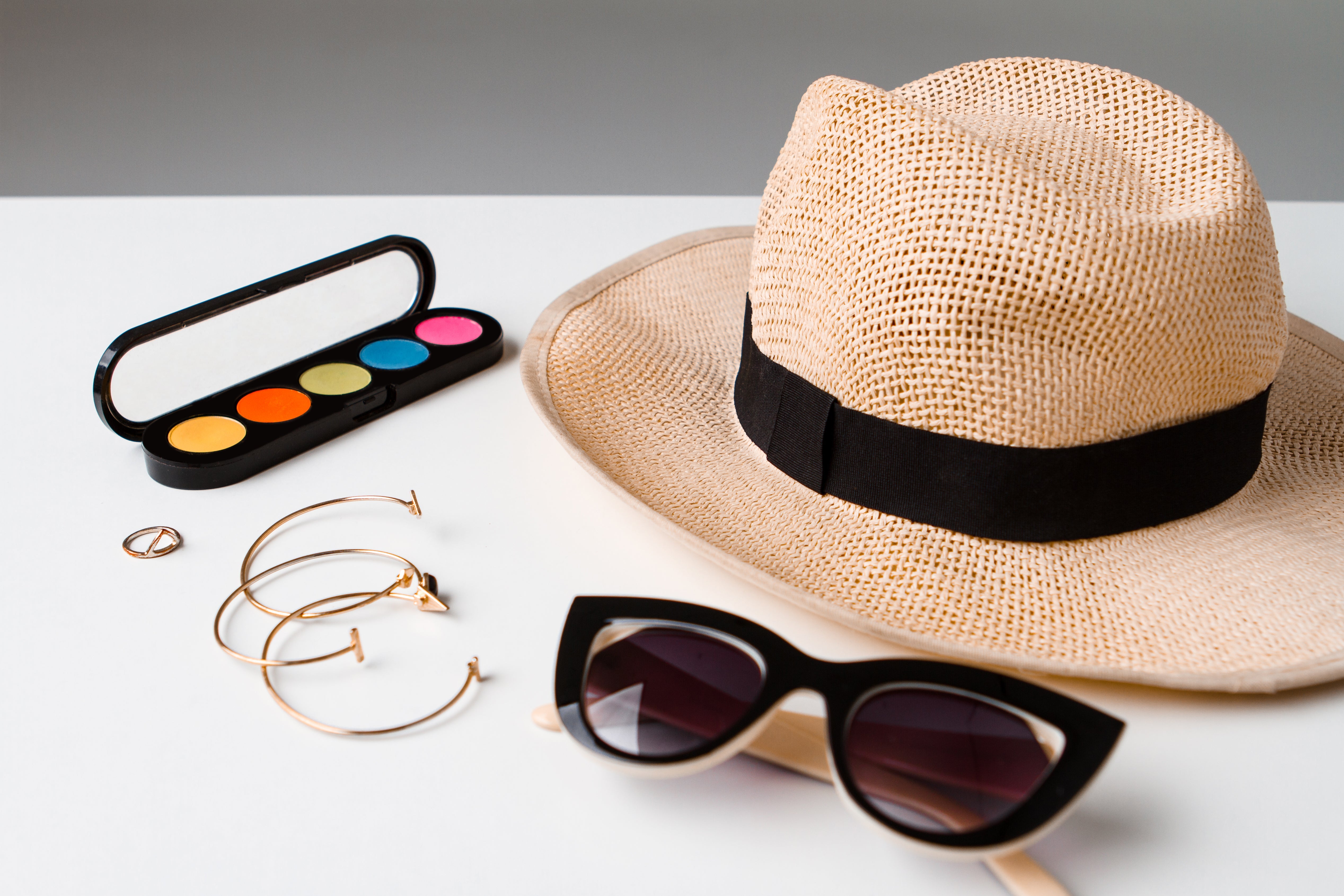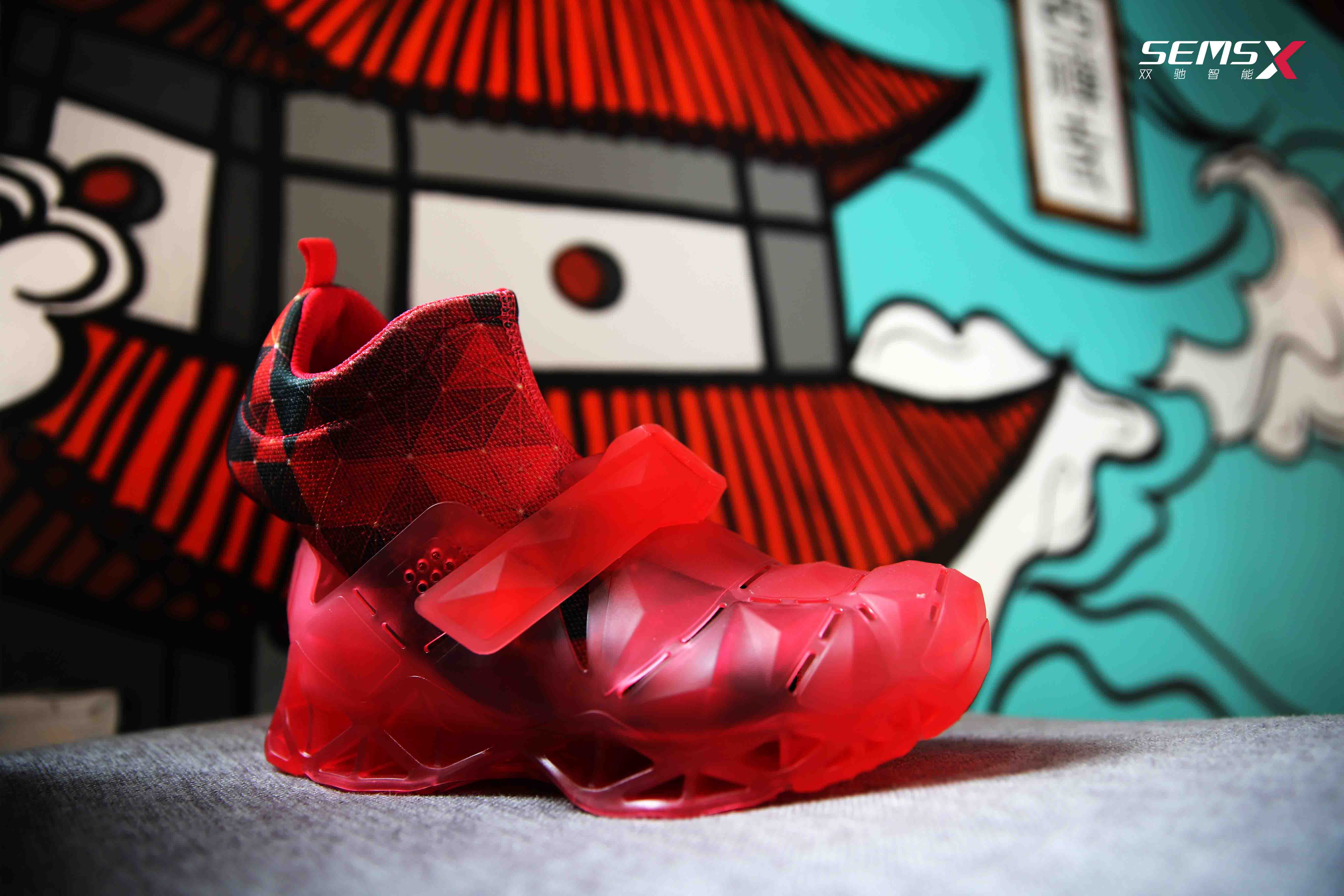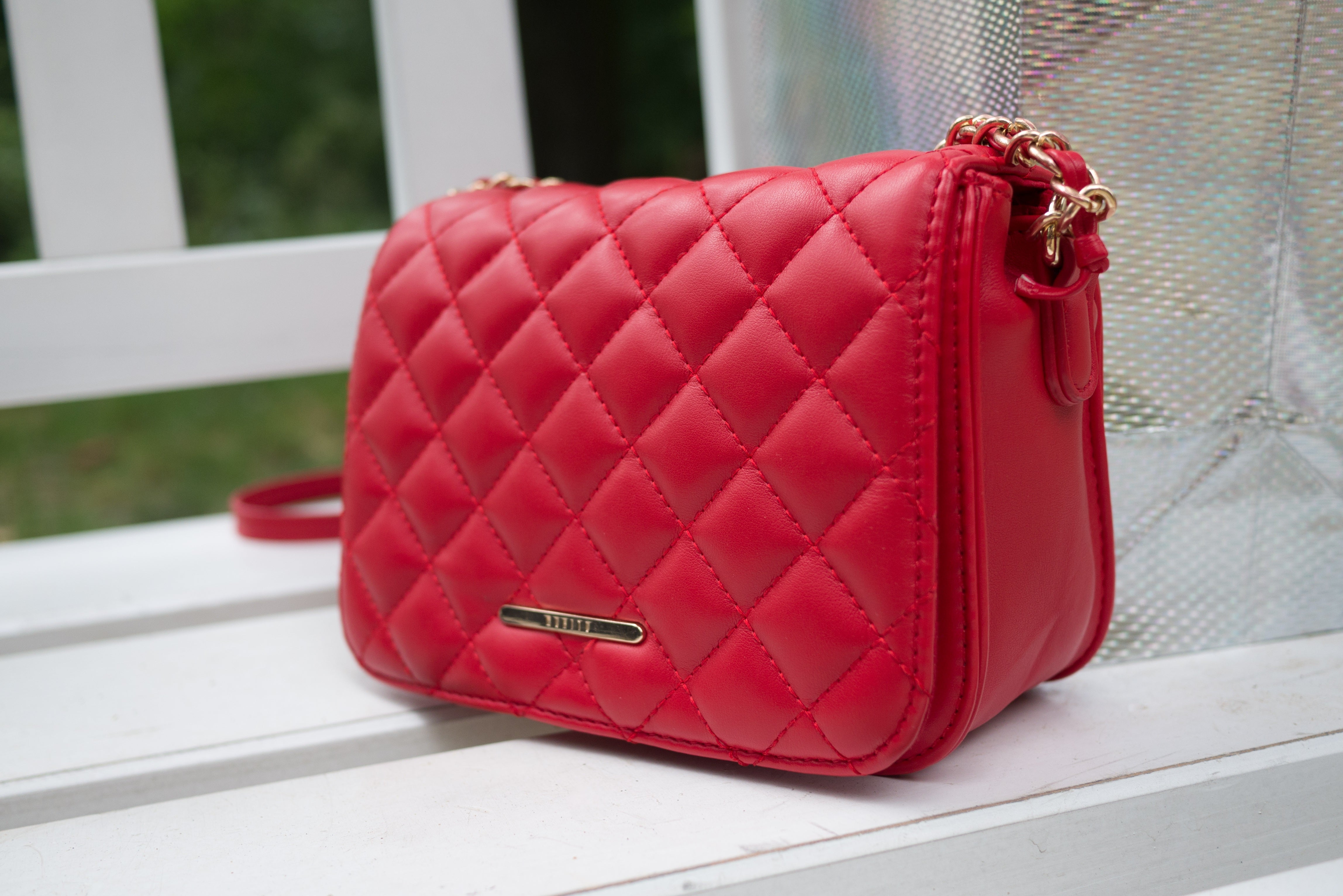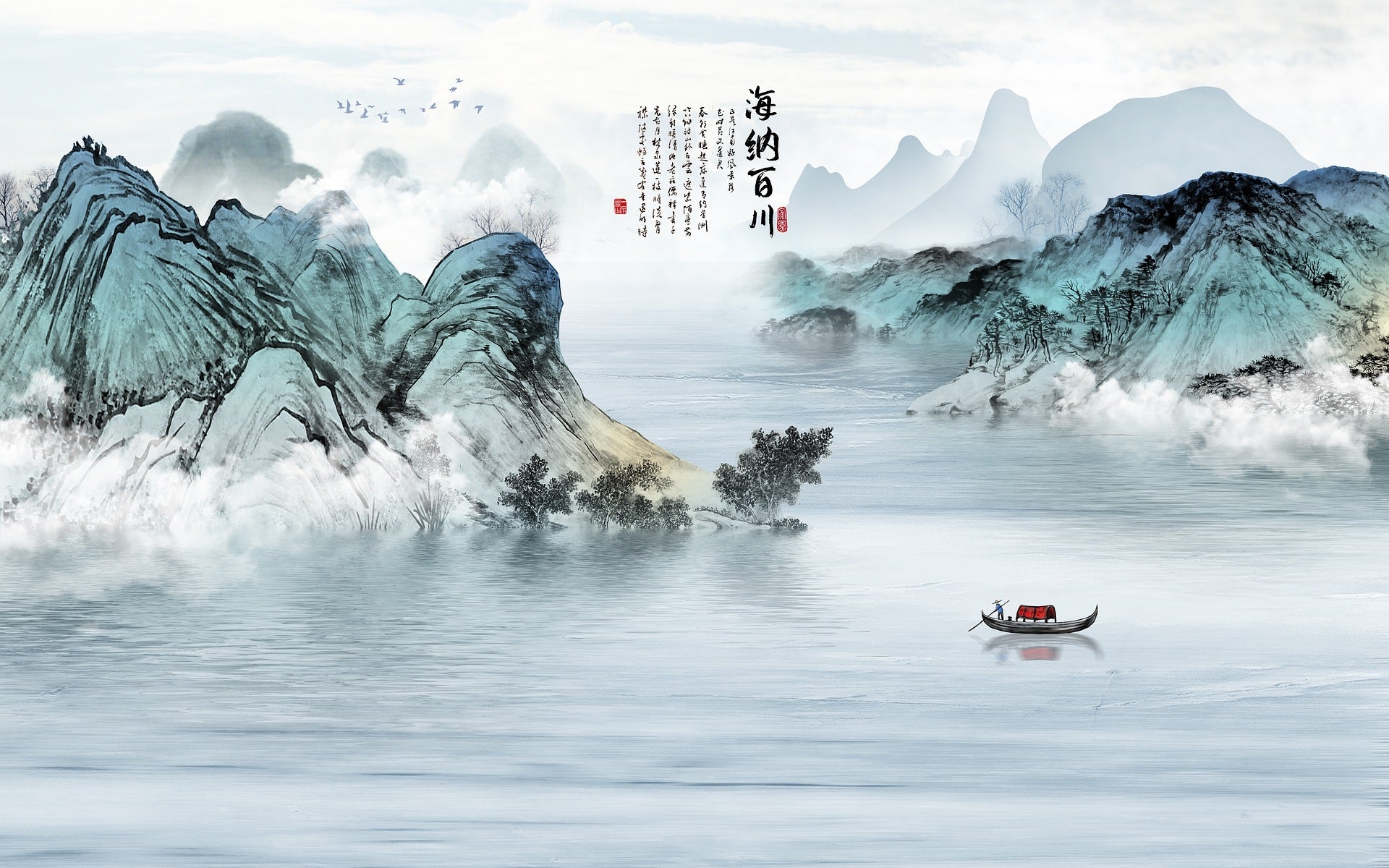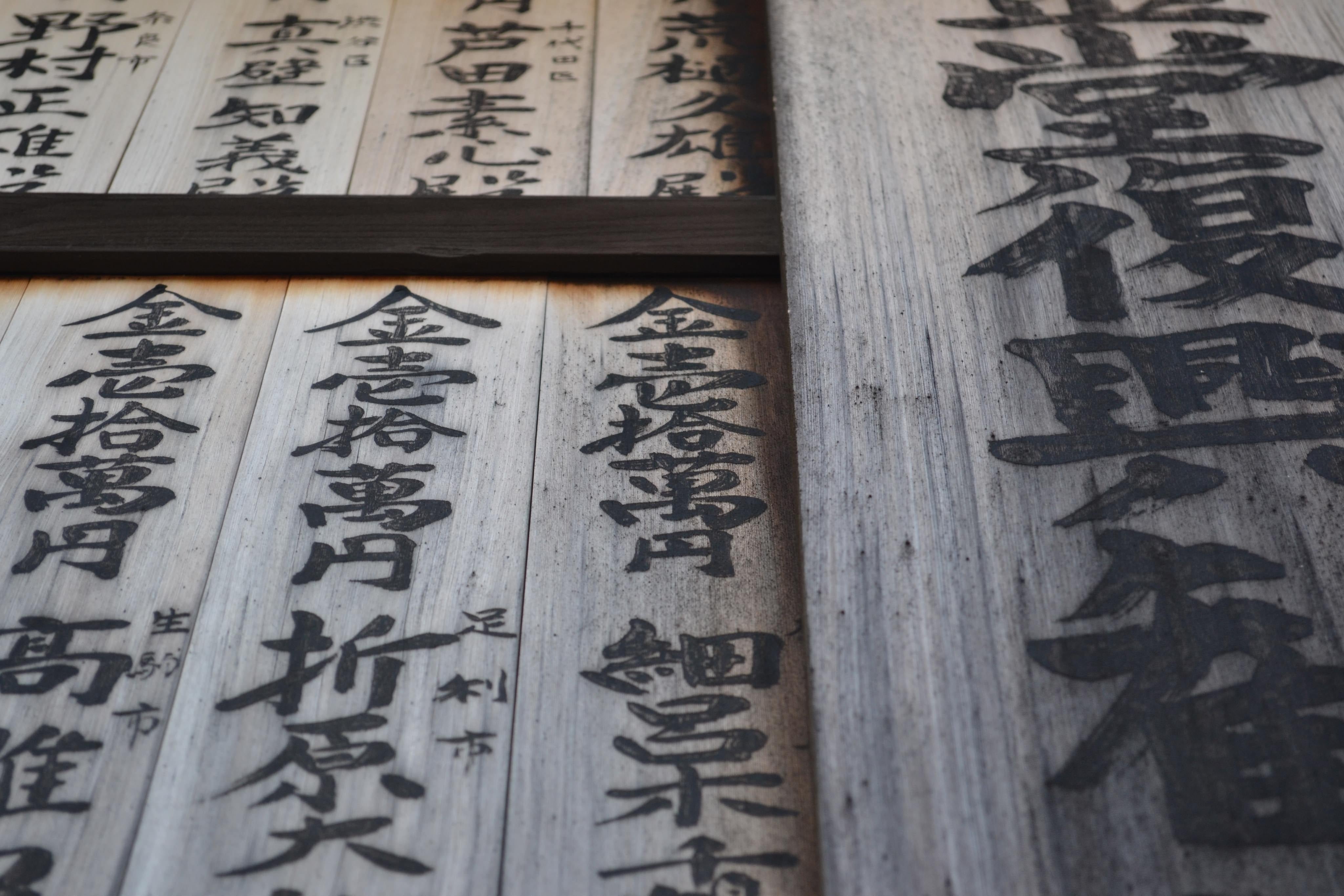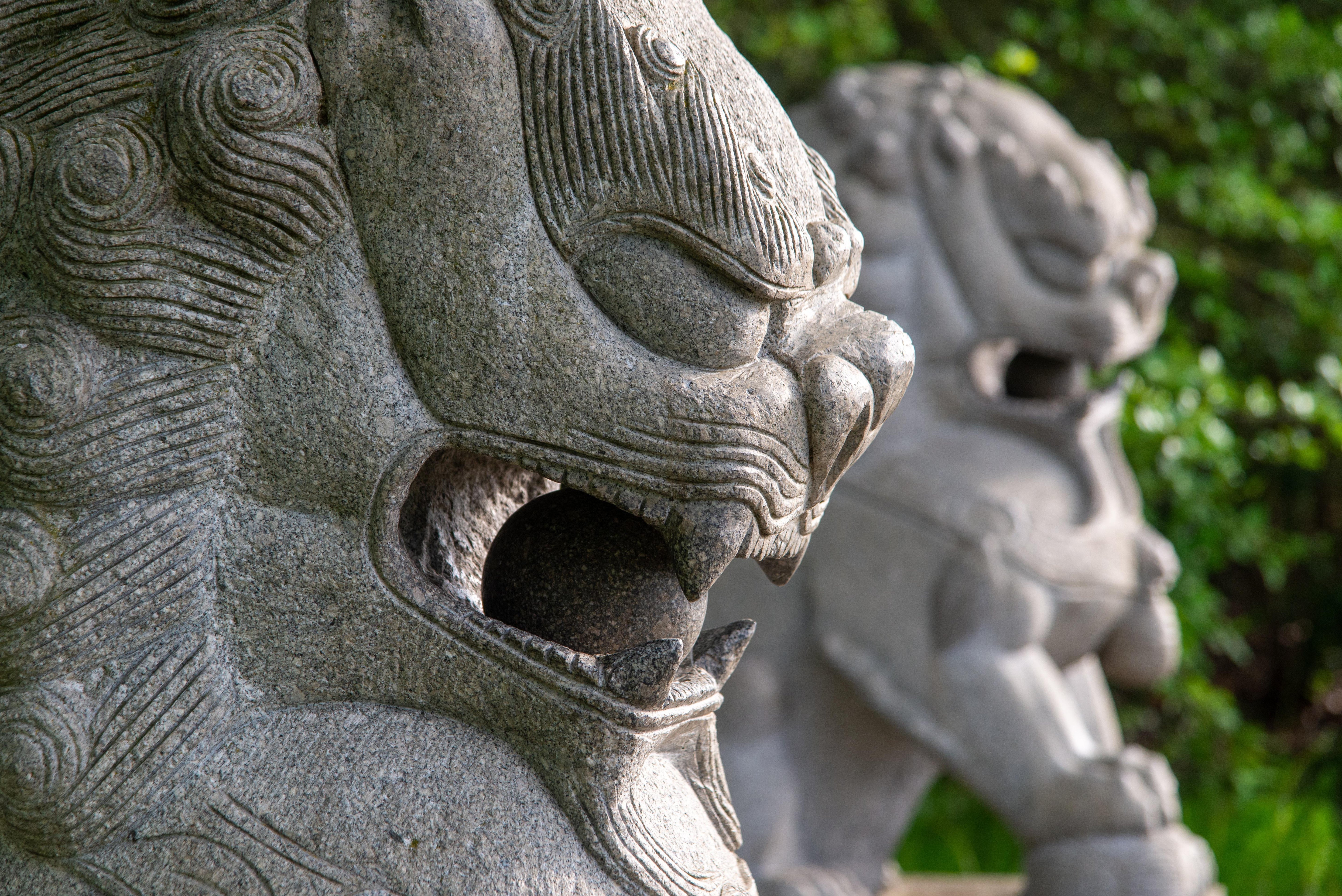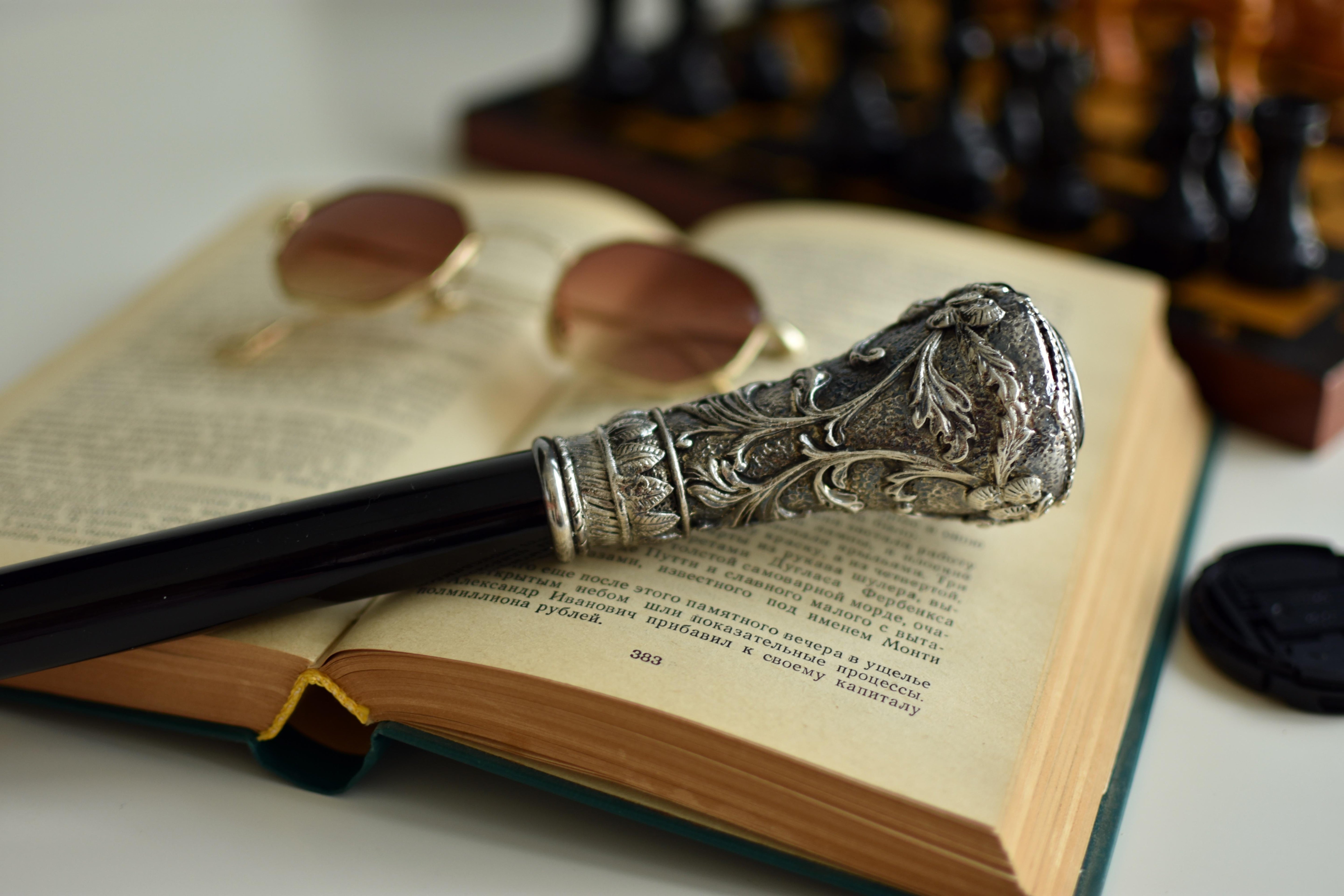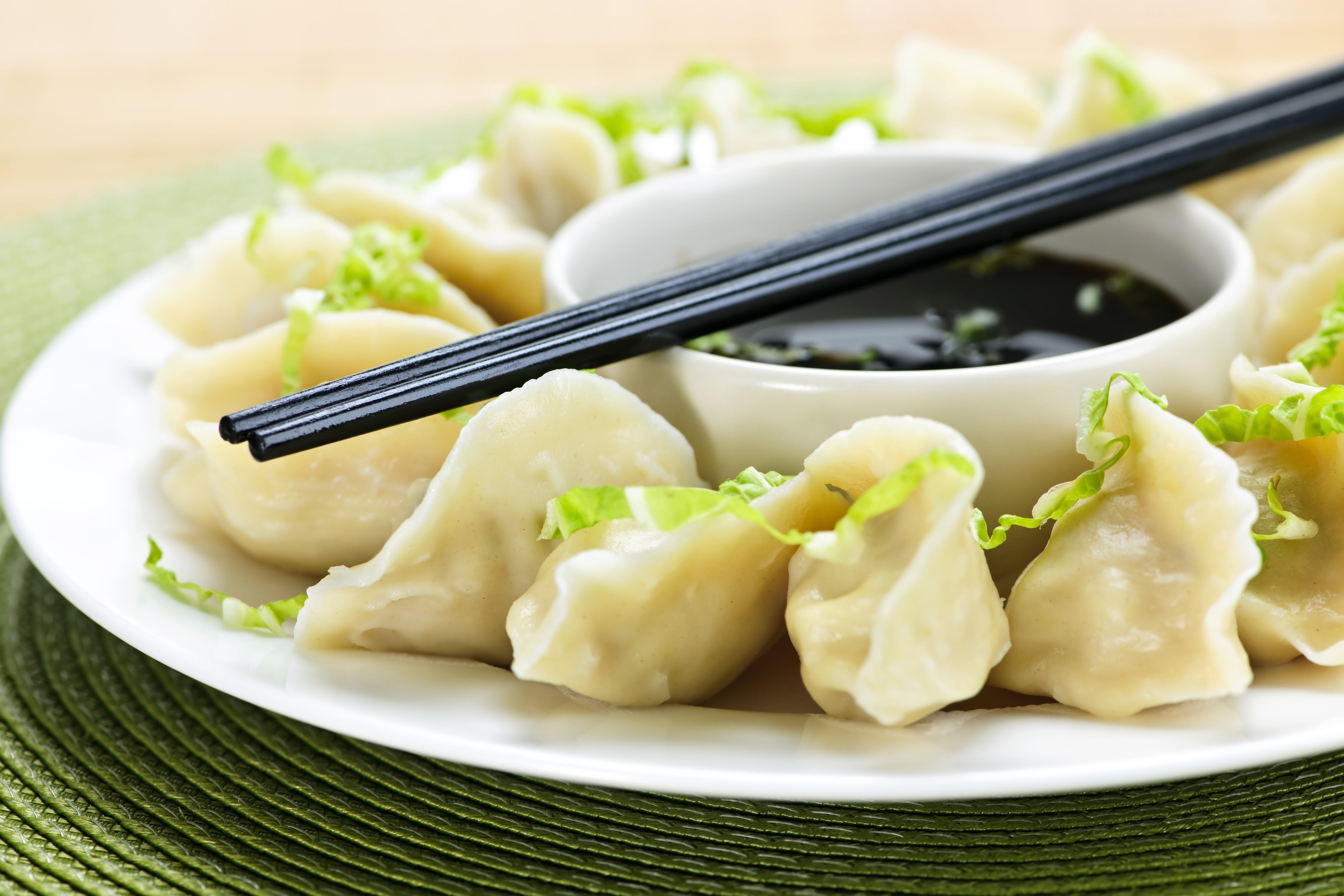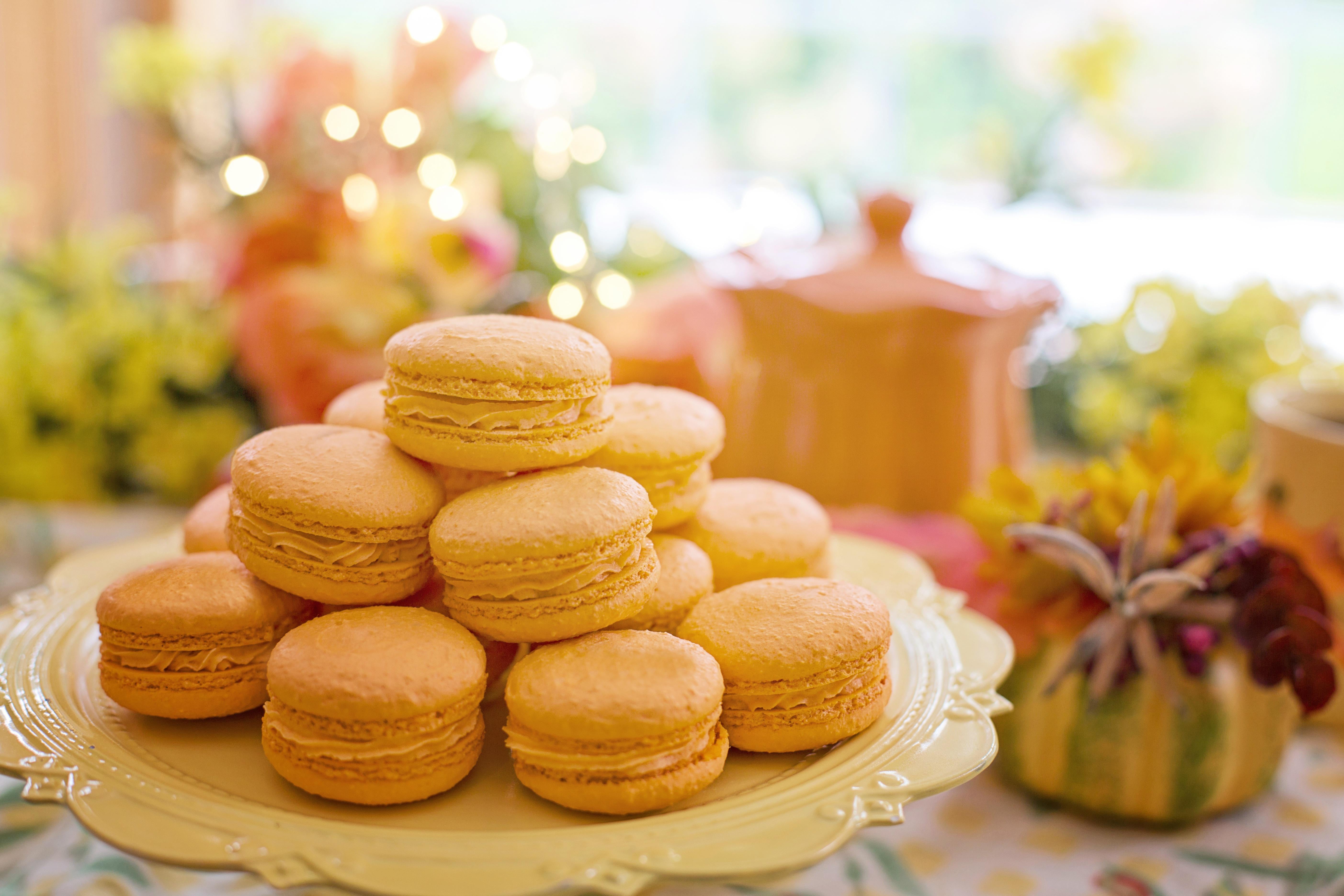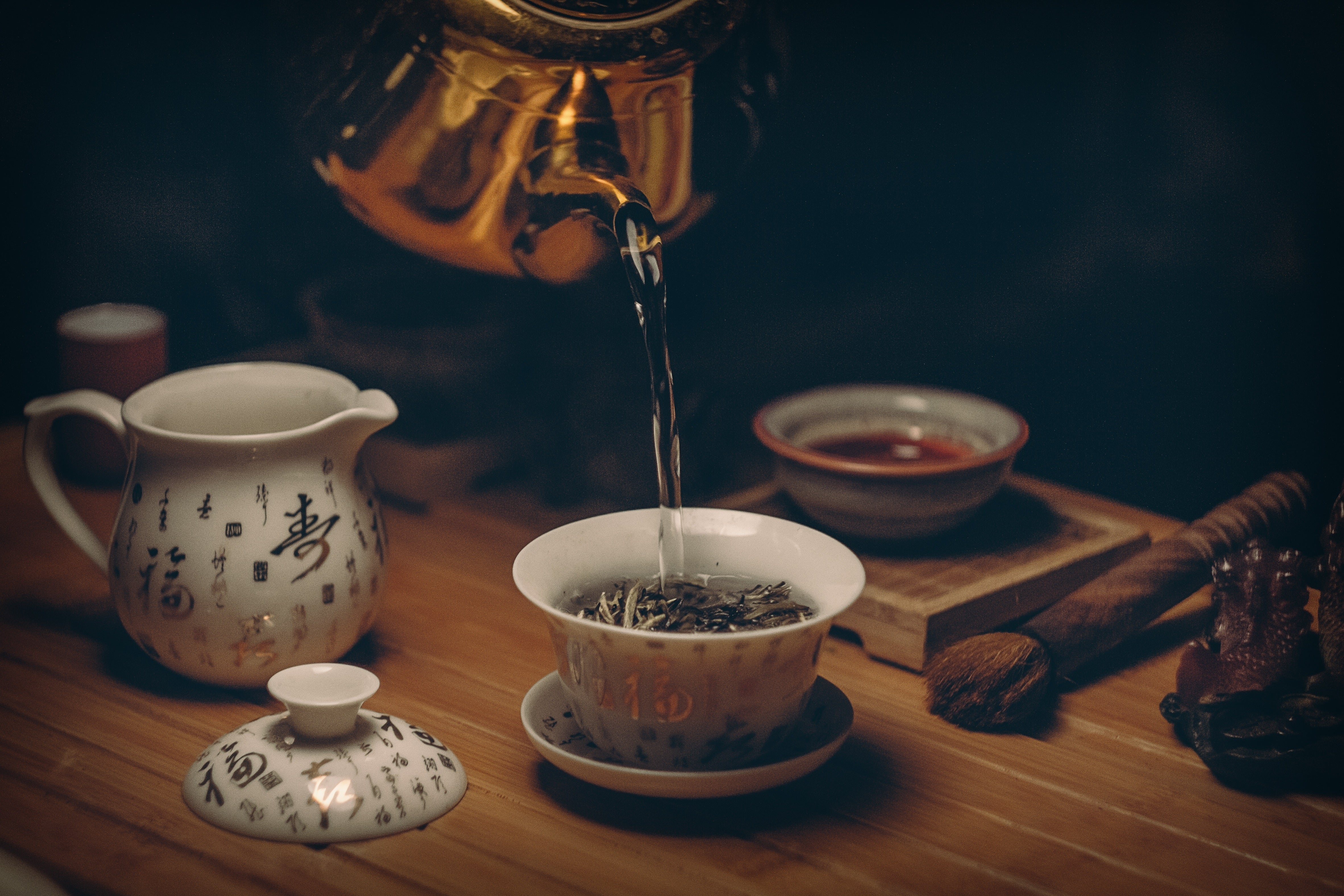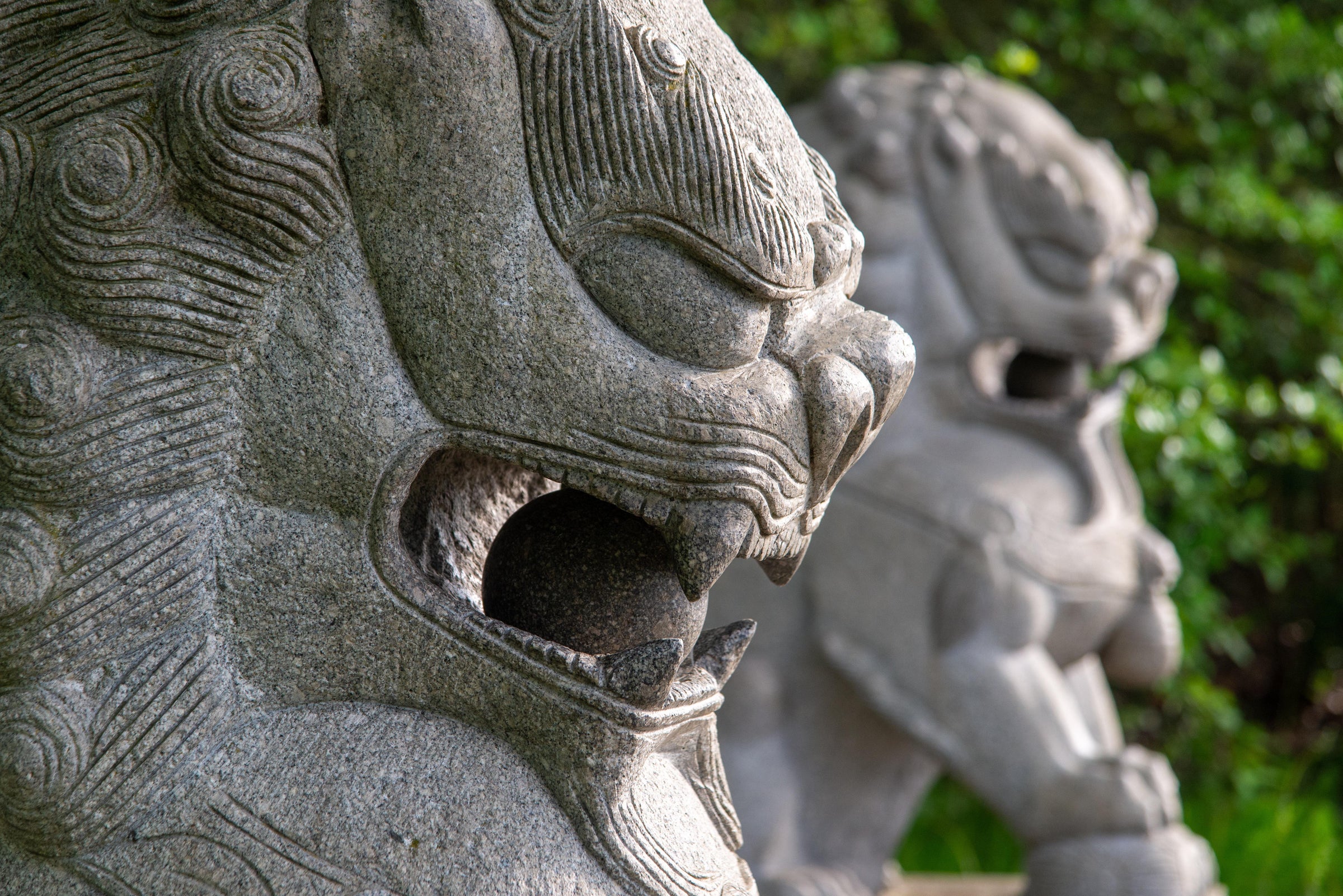
Sculpture
Chinese sculpture is an important part of Chinese culture, with a long history and diverse artistic forms, including jade carving, wood carving, clay carving, and porcelain carving. Each type of sculpture has its unique materials and craftsmanship, reflecting the exquisite craftsmanship and profound cultural heritage of China.
-
Jade Carving
Jade carving is an art form that uses jade as the material to sculpt figures, animals, auspicious symbols, and other shapes. It holds high artistic value and cultural significance, symbolizing wealth, longevity, and good fortune. Jade carving represents both the fine craftsmanship and cultural depth of China. -
Wood Carving
Wood carving uses various types of wood, such as rosewood and camphor, to create sculptures of figures, animals, flowers, and more. These works are both functional and decorative, often used in furniture and architectural decorations, showcasing exceptional carving skills and cultural meaning. -
Clay Carving
Clay carving is an art form that uses clay as the primary material, known for its strong expressiveness. It often depicts figures, animals, and festive themes. Clay carving holds an important place in religious rituals and festive activities and is commonly found in temples and during cultural celebrations. -
Porcelain Carving
Porcelain carving involves carving porcelain materials to create delicate and refined works of art. These pieces often depict figures or natural scenes, offering both artistic appreciation and practical functionality, such as porcelain vases and tea sets.
In summary, Chinese sculpture is not only craftsmanship but also a carrier of culture, reflecting art and history. Each type of sculpture integrates rich cultural symbols and unique artistic styles, deeply representing China’s rich historical heritage and artistic achievements.


